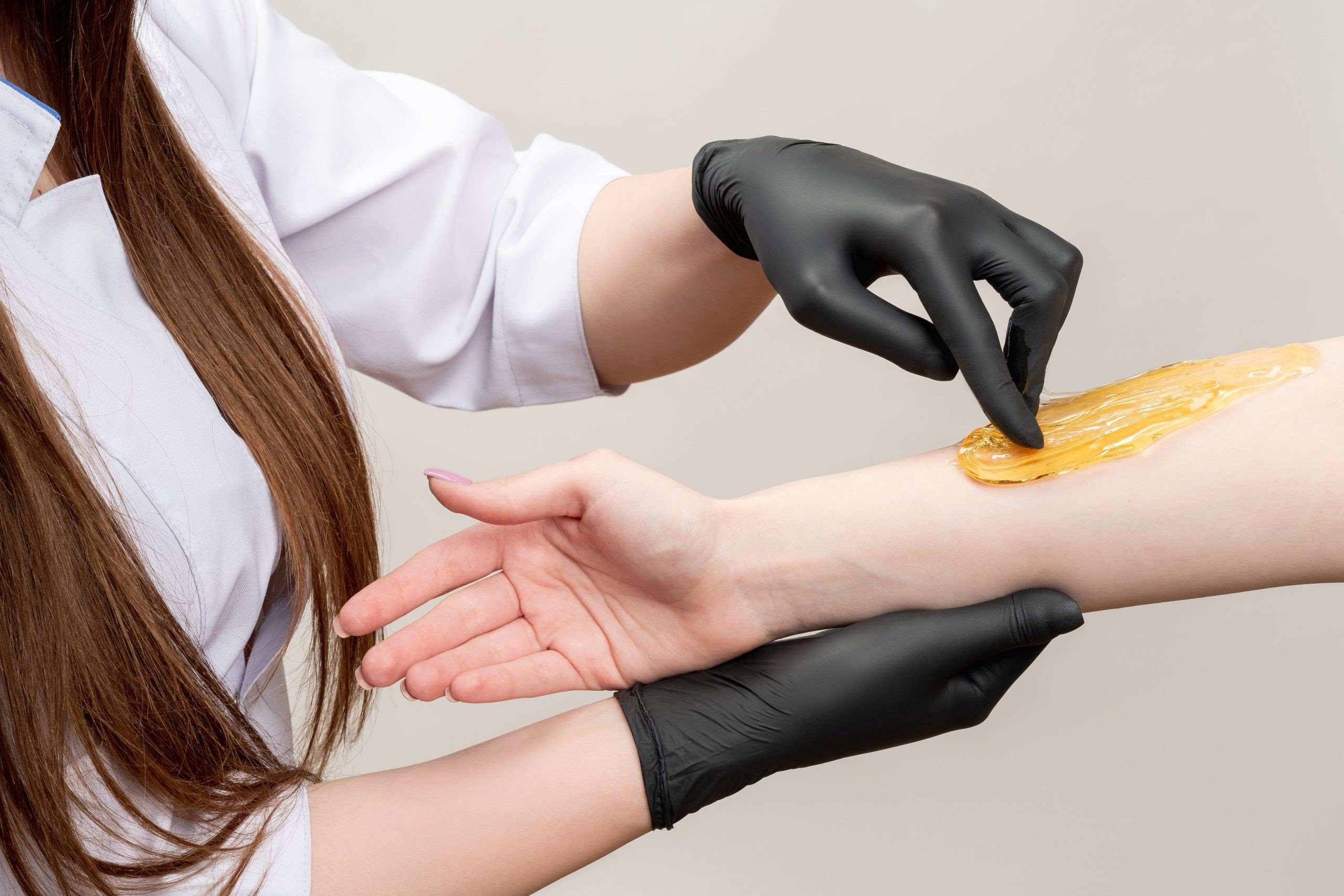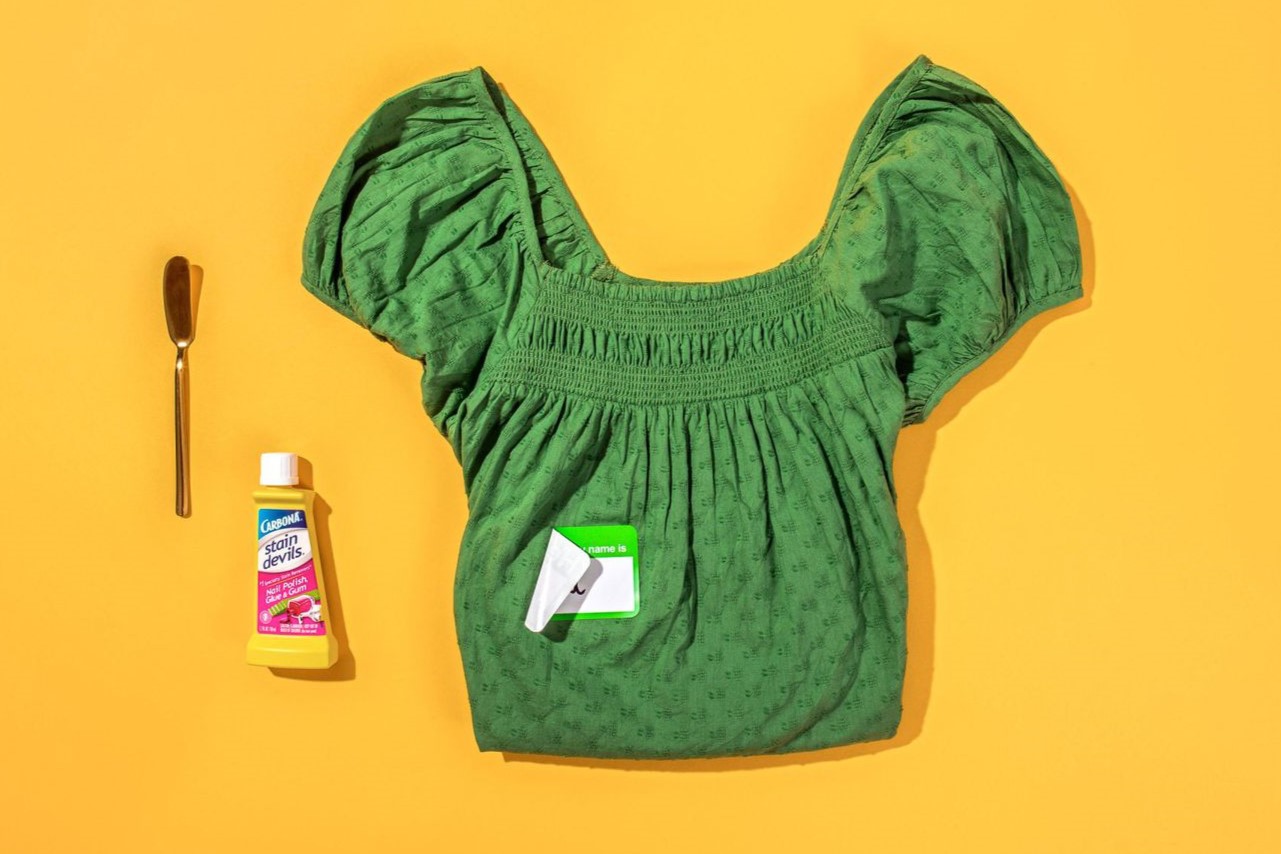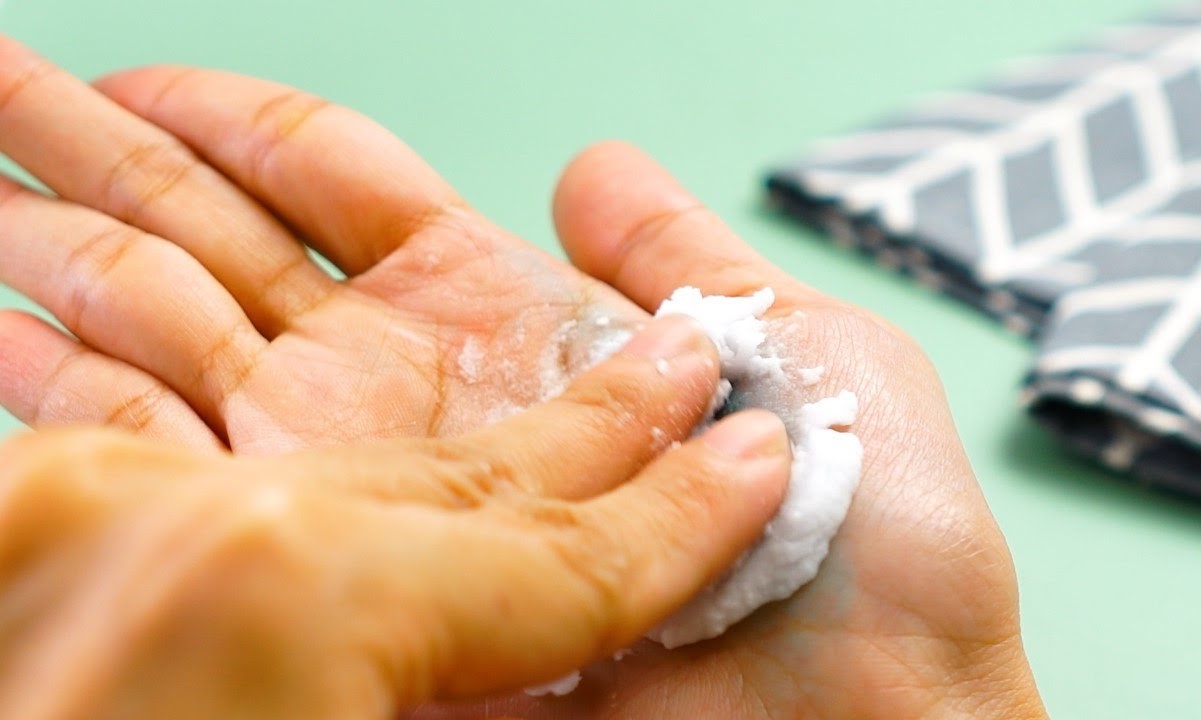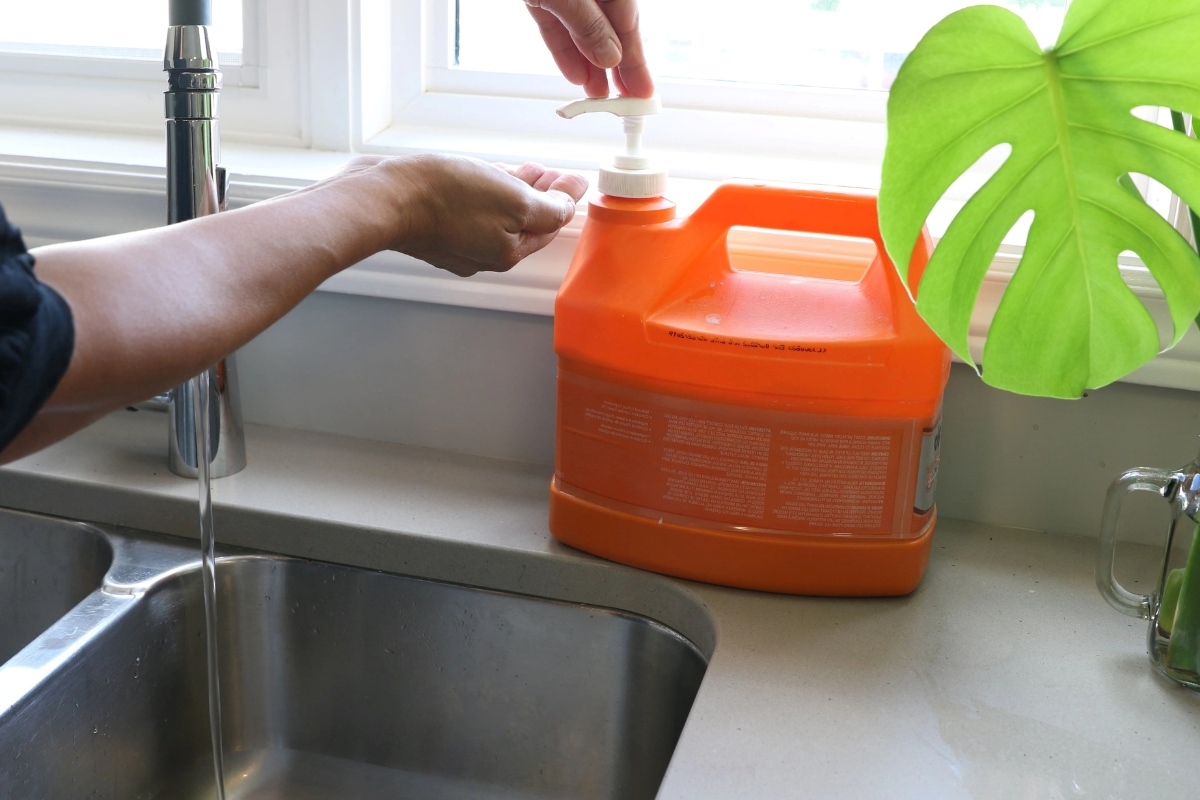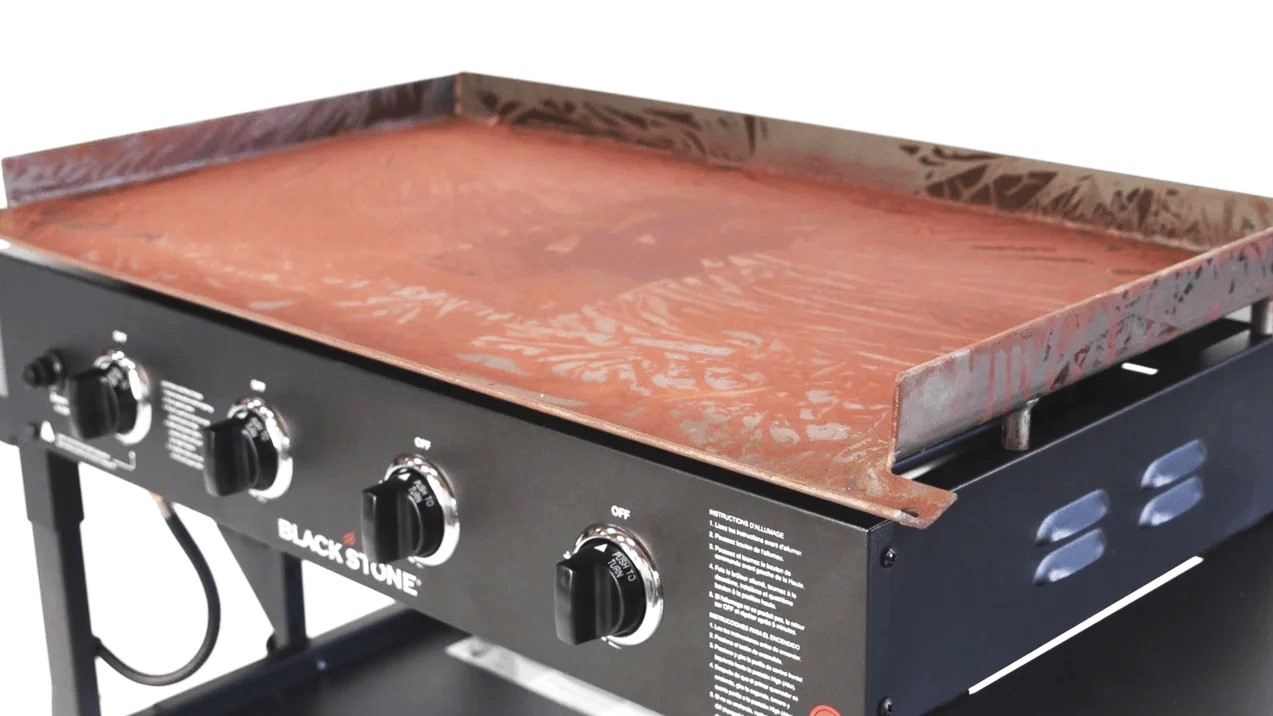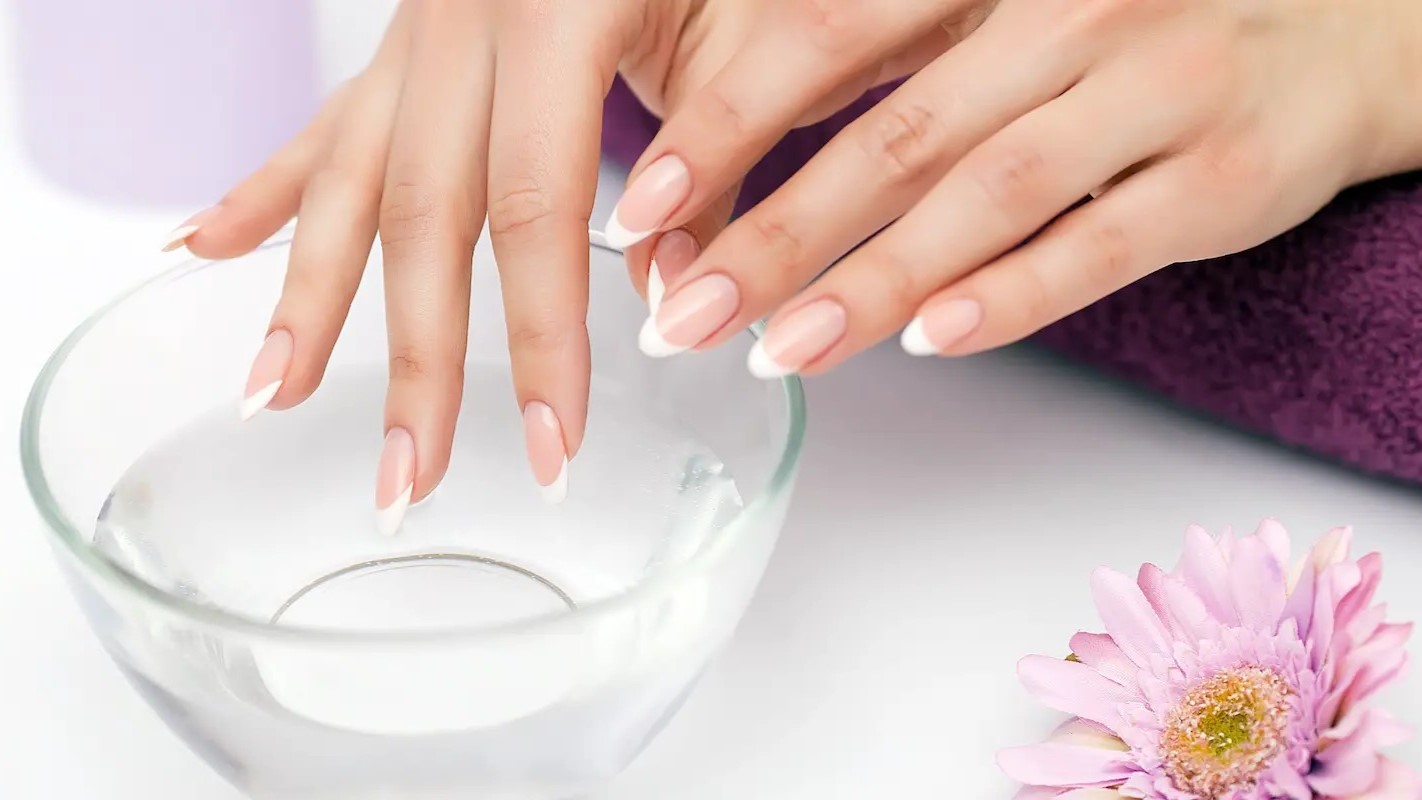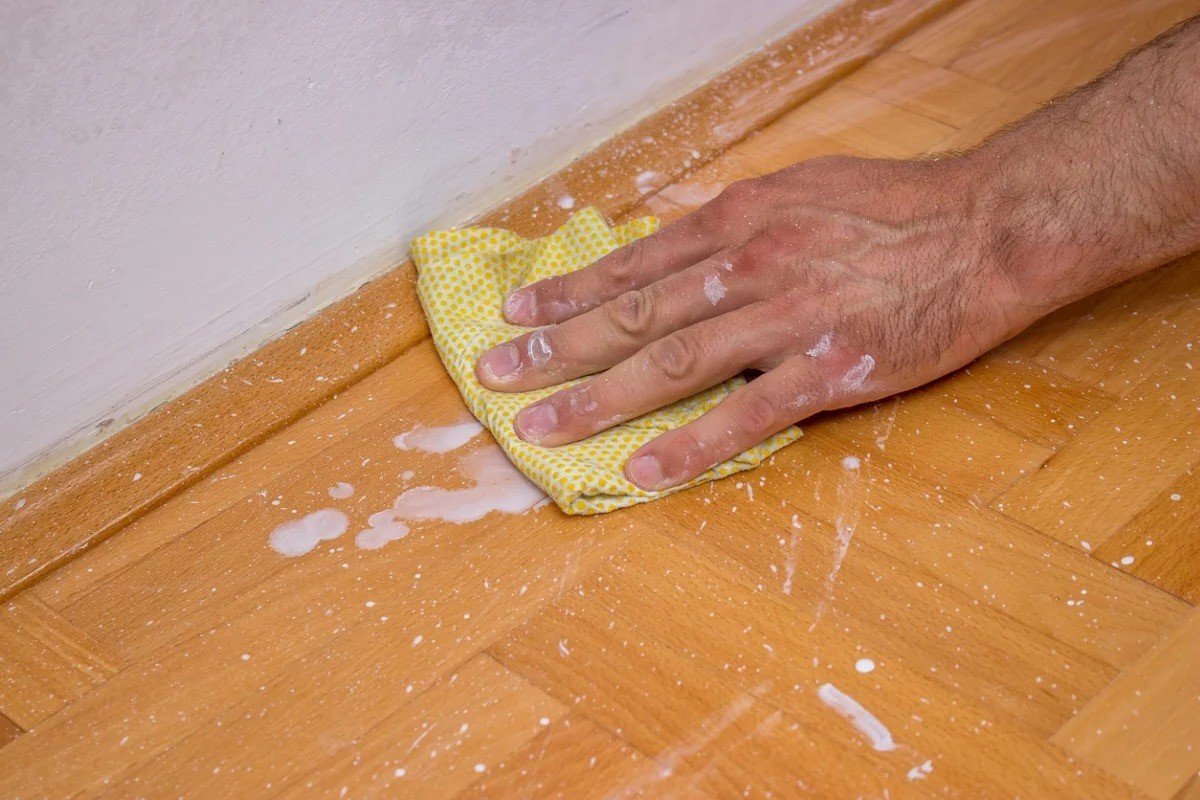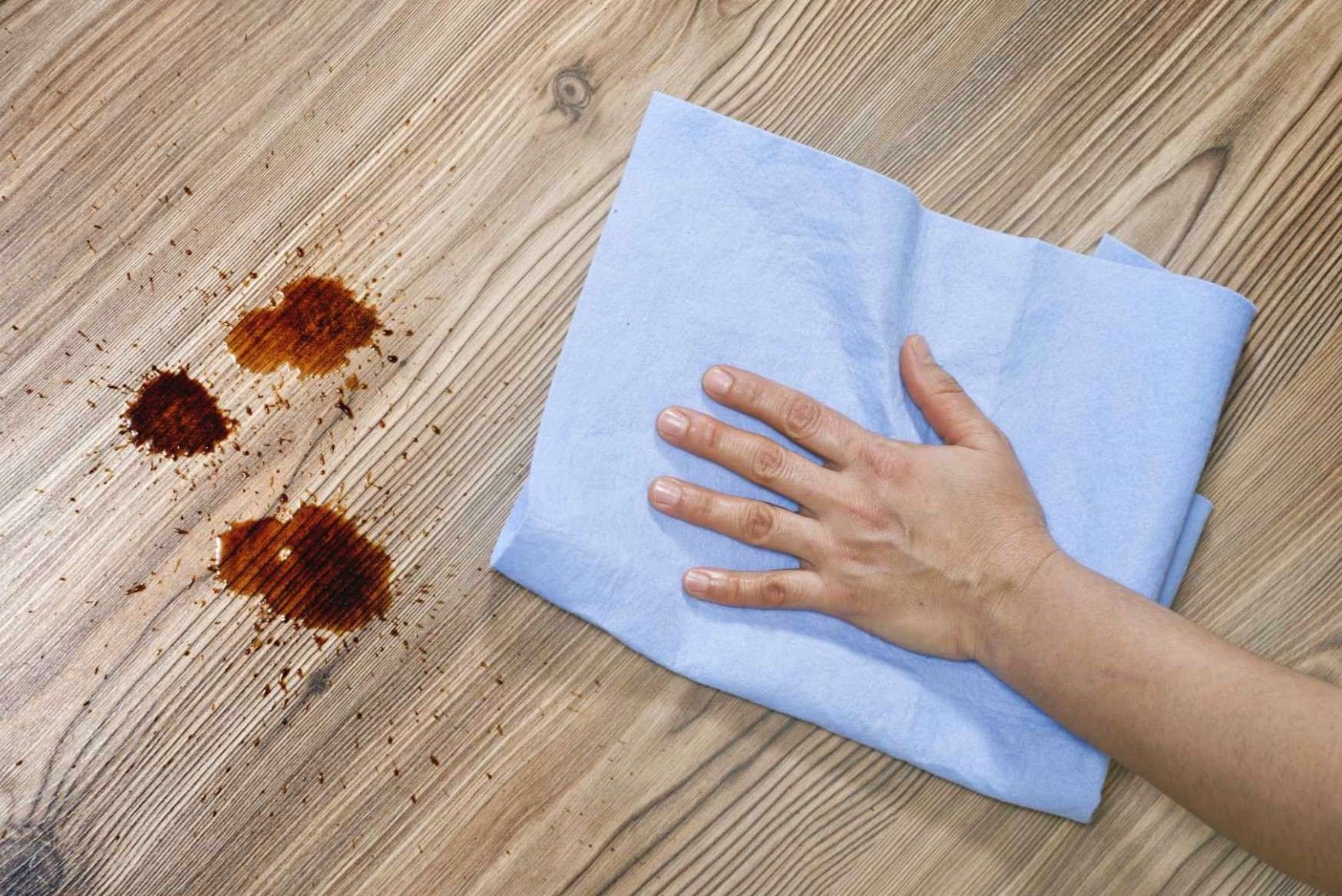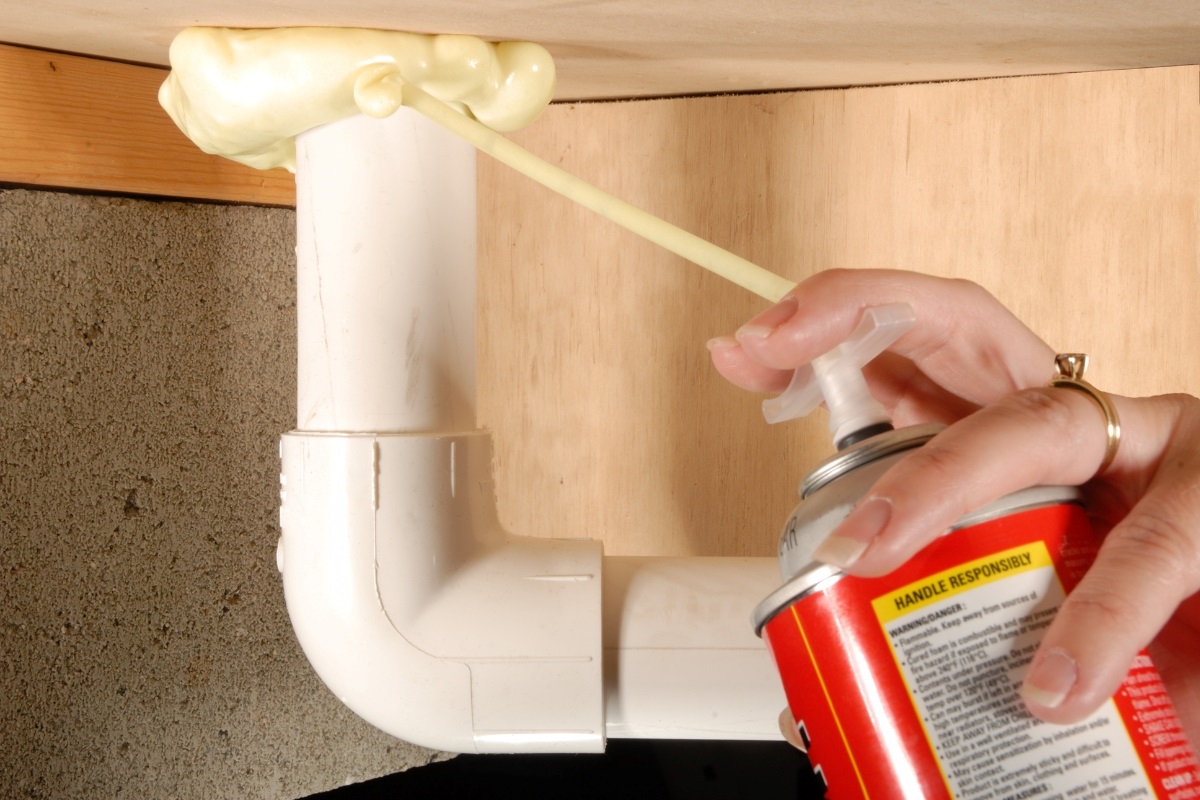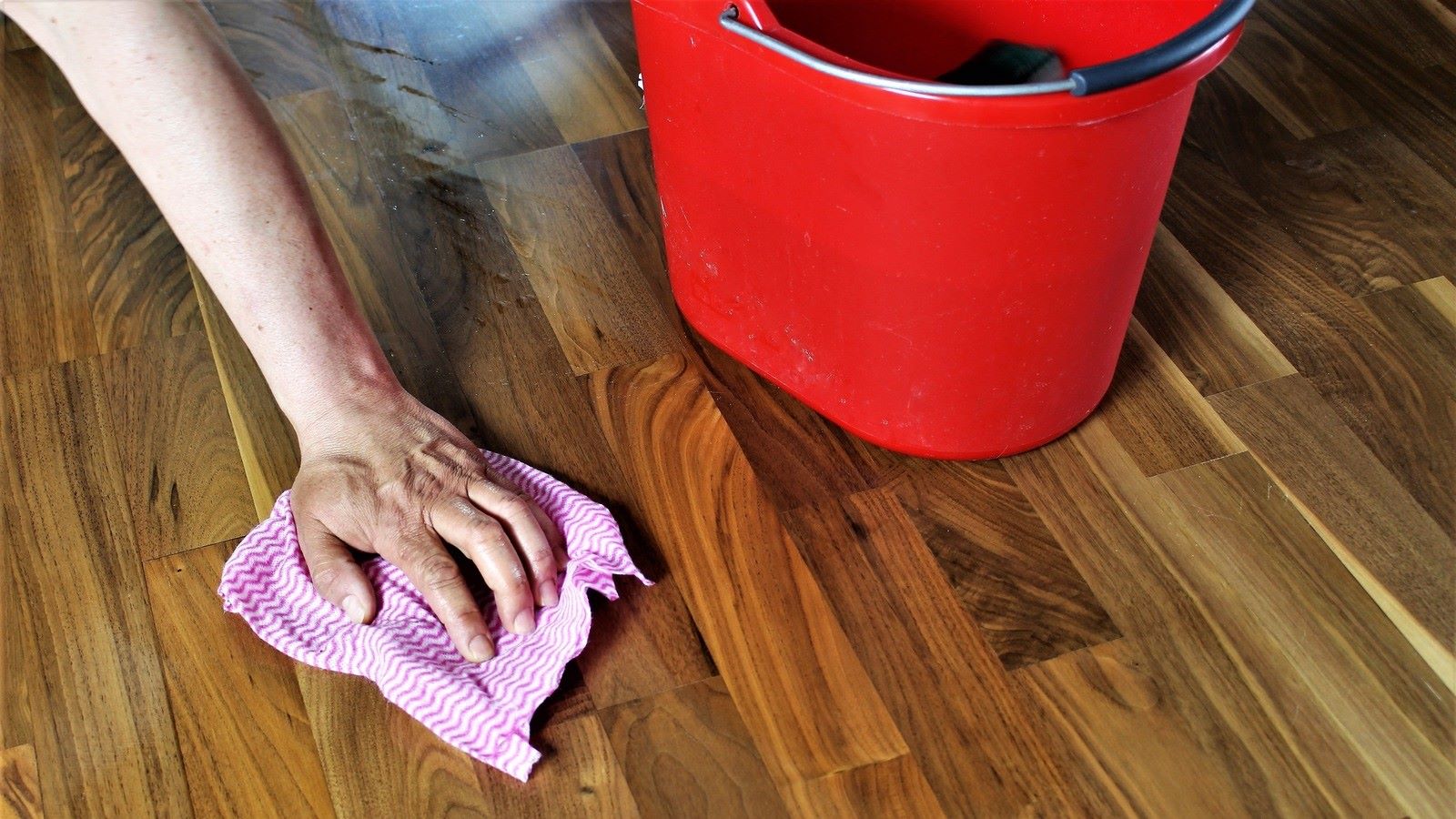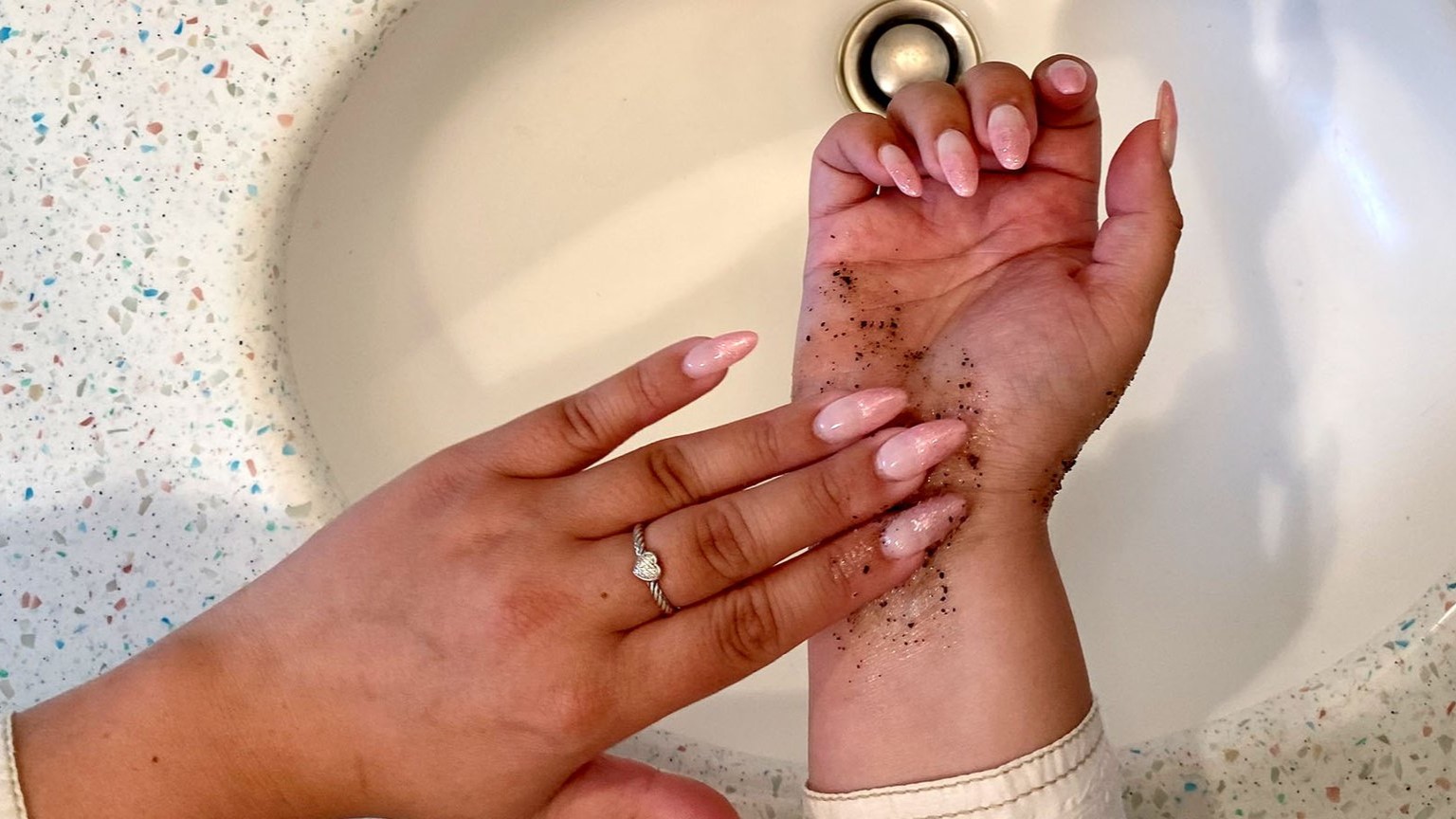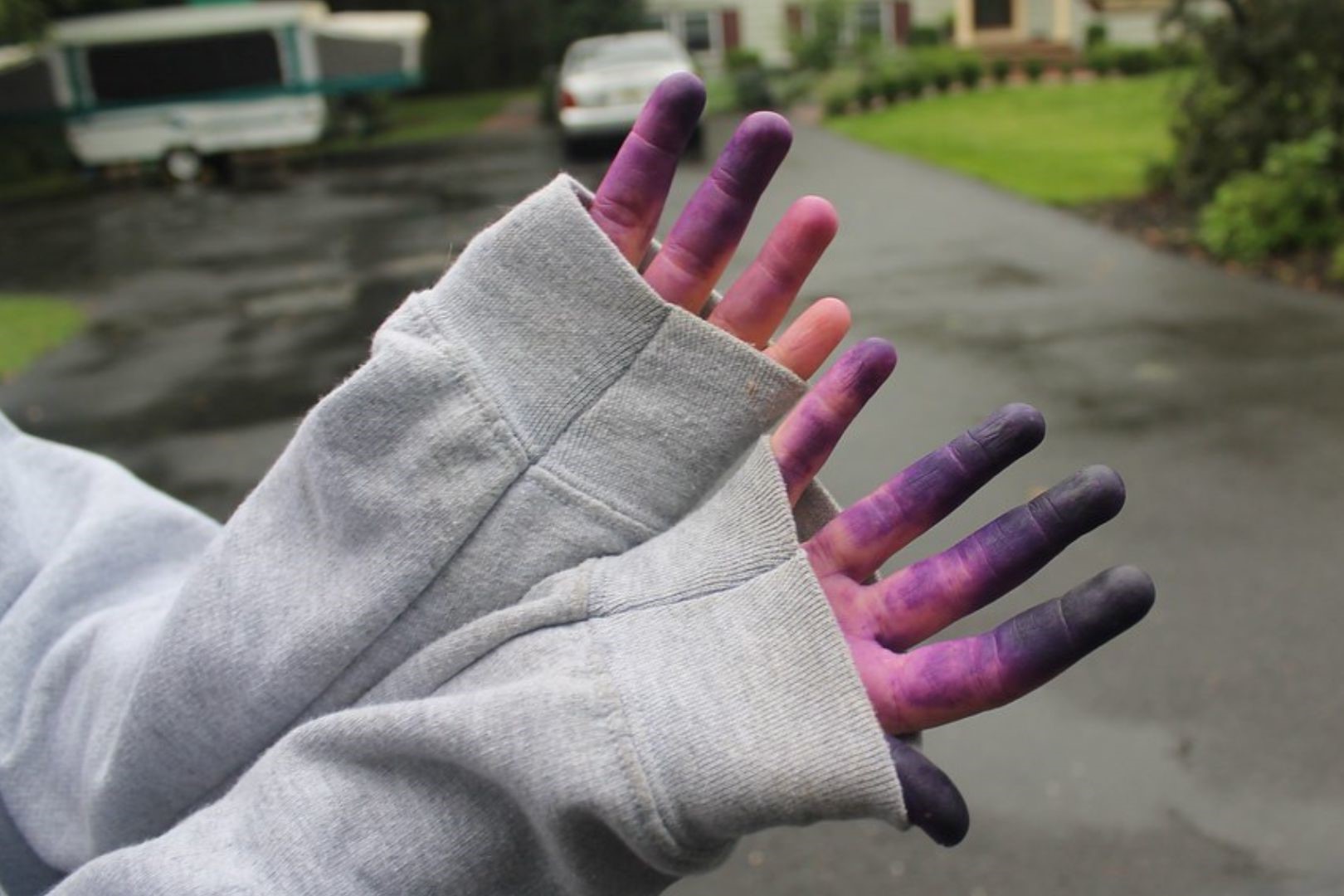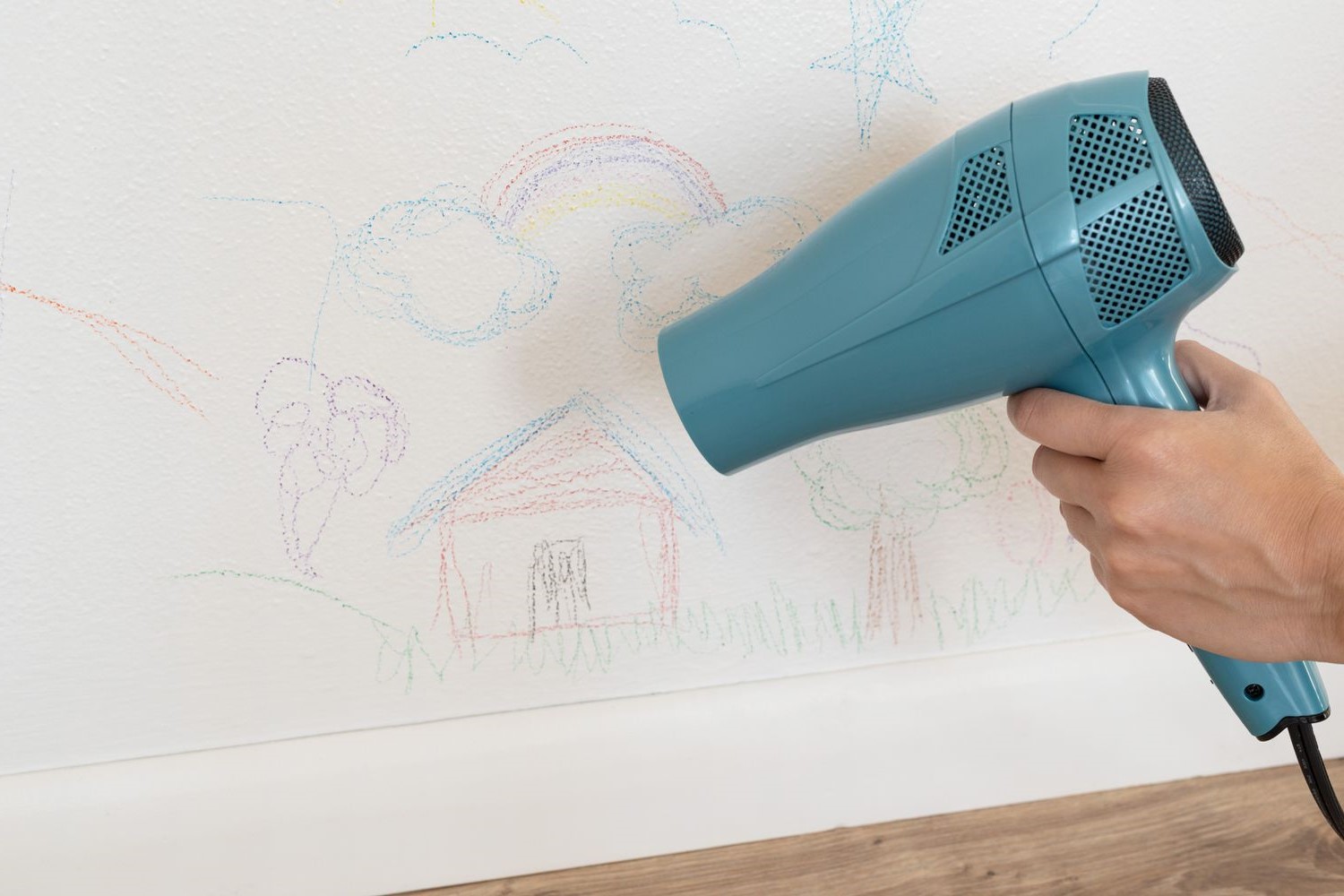Home>Home and Garden>How To Get Melted Plastic Off Glass Top Stove
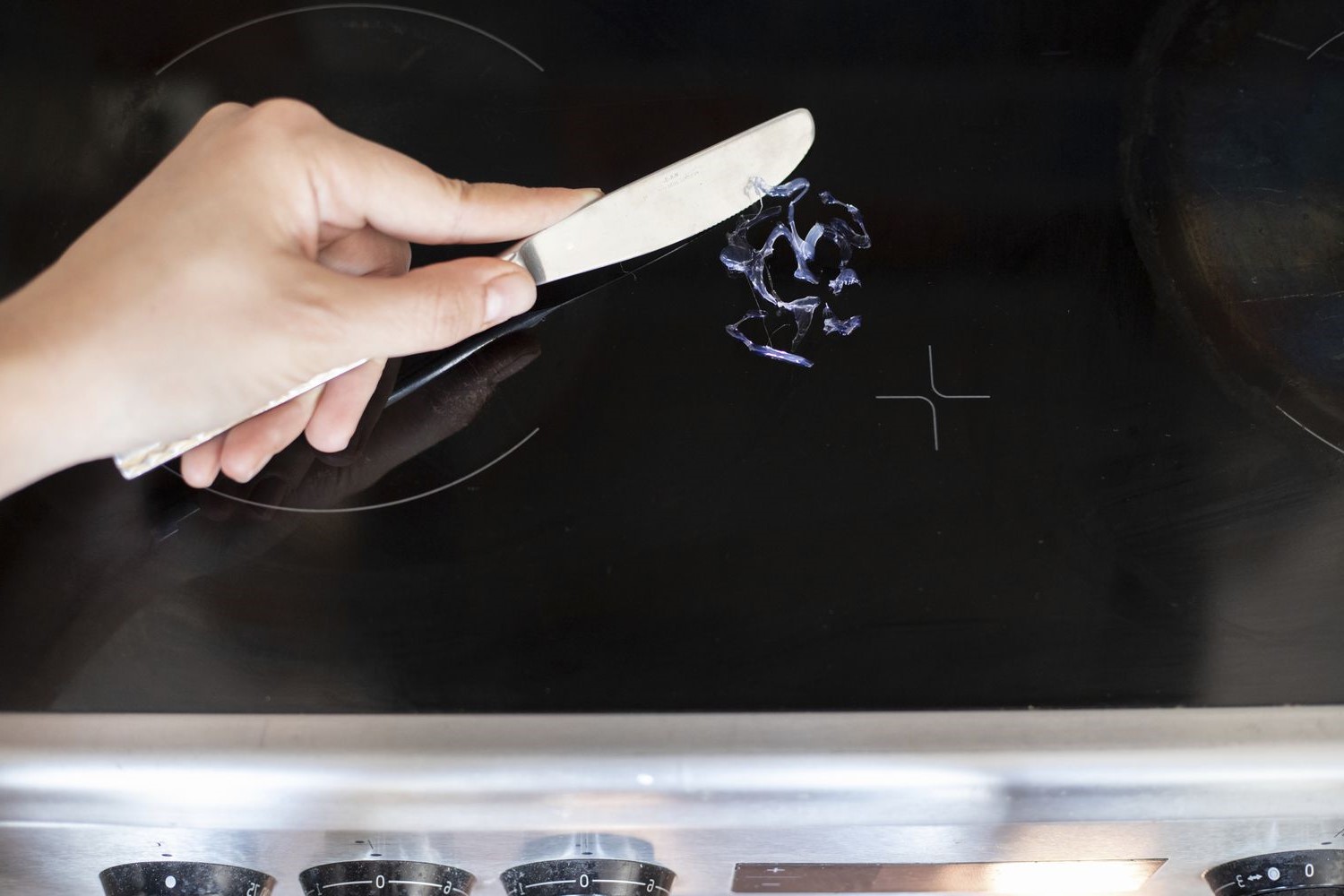

Home and Garden
How To Get Melted Plastic Off Glass Top Stove
Published: March 5, 2024
Learn effective methods for removing melted plastic from your glass top stove in this comprehensive guide. Keep your home and garden looking pristine with these simple tips and tricks.
(Many of the links in this article redirect to a specific reviewed product. Your purchase of these products through affiliate links helps to generate commission for Noodls.com, at no extra cost. Learn more)
Table of Contents
Introduction
Dealing with melted plastic on a glass top stove can be a frustrating and daunting task. Whether it's a plastic spatula that accidentally made its way onto the hot surface or a plastic bag that melted during a cooking mishap, the sight of gooey plastic adhered to the sleek glass can be disheartening. However, fear not, as there are effective methods to tackle this common kitchen conundrum.
In this comprehensive guide, we will walk you through the step-by-step process of safely removing melted plastic from your glass top stove. By following these instructions and using the recommended materials, you can restore your stove to its pristine condition without causing any damage to the glass surface.
With a bit of patience and the right approach, you can bid farewell to the unsightly plastic residue and restore your glass top stove to its former glory. So, let's roll up our sleeves and embark on this journey to reclaim the pristine appearance of your beloved kitchen appliance.
Read more: How To Get Super Glue Off Glasses Lens
Materials Needed
To effectively remove melted plastic from your glass top stove, you will need the following materials:
-
Safety Gloves: It's crucial to protect your hands during the cleaning process. Opt for heat-resistant gloves to shield your skin from any residual heat on the stove surface.
-
Plastic Scraper or Razor Blade: A plastic scraper or razor blade can be used to gently lift and remove the melted plastic without scratching the glass surface. Ensure that the scraper is specifically designed for glass top stoves to prevent damage.
-
Vinegar: White vinegar is a versatile and natural cleaning agent that can help loosen the melted plastic. Its acidic properties make it effective in breaking down stubborn residues.
-
Baking Soda: This household staple serves as a gentle abrasive cleaner, aiding in the removal of the plastic without causing scratches on the glass top.
-
Microfiber Cloth or Soft Sponge: A soft microfiber cloth or sponge is essential for wiping and cleaning the stove surface without leaving lint or scratches behind.
-
Cooktop Cleaner: Invest in a specialized cooktop cleaner designed for glass surfaces. This cleaner is formulated to tackle tough stains and residues while preserving the integrity of the glass.
-
Rubbing Alcohol: Rubbing alcohol is useful for dissolving and removing any remaining adhesive residue from the melted plastic.
-
Cooktop Razor Scraper: This specialized tool is designed for glass cooktops and can effectively remove tough, burnt-on residues without scratching the surface.
By gathering these essential materials, you will be well-equipped to tackle the task of removing melted plastic from your glass top stove with precision and care. Each item plays a crucial role in the cleaning process, ensuring that the stove is restored to its pristine condition without causing any damage.
Step 1: Let the Stove Cool Down
Before embarking on the task of removing melted plastic from your glass top stove, it is imperative to allow the stove to cool down completely. This crucial step ensures that the residual heat dissipates, minimizing the risk of burns and allowing for a safer and more effective cleaning process.
As the glass top stove cools, the hardened plastic residue also undergoes a transformation, making it less adhesive and easier to manipulate. Attempting to remove the melted plastic while the stove is still hot can result in the plastic spreading further across the surface or causing damage to the glass due to its softened state.
By exercising patience and allowing the stove to cool naturally, you set the stage for a more successful cleaning endeavor. It is recommended to wait at least 30 to 45 minutes after turning off the stove to ensure that the surface temperature has sufficiently decreased.
During this waiting period, you can gather the necessary cleaning materials and prepare the workspace for the subsequent steps. By prioritizing safety and patience at this initial stage, you pave the way for a smoother and more effective removal process, ultimately leading to the restoration of your glass top stove to its pristine condition.
Once the stove has cooled down adequately, you can proceed to the next step with the confidence that the surface is ready for the meticulous removal of the melted plastic. This thoughtful approach not only ensures a safer cleaning experience but also sets the foundation for achieving optimal results in the subsequent stages of the cleaning process.
By allowing the stove to cool down completely, you demonstrate a commitment to thoroughness and precision, laying the groundwork for a successful endeavor to rid your glass top stove of the unsightly melted plastic residue.
Step 2: Scrape off the Plastic
With the glass top stove adequately cooled, it's time to tackle the task of scraping off the melted plastic. This step requires precision and care to ensure that the plastic residue is effectively removed without causing any damage to the glass surface.
Begin by donning safety gloves to protect your hands during the cleaning process. Safety gloves are essential for shielding your skin from any residual heat on the stove surface and providing a secure grip while handling the cleaning tools.
Using a plastic scraper or a razor blade specifically designed for glass top stoves, gently position the tool at a shallow angle against the edge of the melted plastic. Apply light pressure and carefully maneuver the scraper to lift the plastic from the surface. It's crucial to avoid using metal tools, as they can scratch and damage the glass.
As you work on scraping off the plastic, exercise patience and precision, ensuring that the residue is lifted gradually without exerting excessive force. By approaching the task methodically, you minimize the risk of inadvertently spreading the plastic or causing scratches on the glass surface.
Continue to delicately scrape off the plastic, periodically clearing the residue from the scraper to maintain its effectiveness. As the plastic begins to lift, refrain from rushing the process, as a gradual and meticulous approach yields the best results.
In cases where the plastic proves stubborn or adheres firmly to the surface, consider applying a small amount of white vinegar to the affected area. The acidic properties of vinegar can help loosen the plastic, making it easier to lift and remove.
Once the majority of the melted plastic has been successfully scraped off, use a soft microfiber cloth or sponge to wipe the stove surface, removing any remaining residue and ensuring a clean and smooth finish. Take care to avoid leaving behind any abrasive particles or lint that could potentially scratch the glass.
By diligently following these steps and exercising patience and precision, you can effectively scrape off the melted plastic from your glass top stove, restoring its pristine appearance without compromising the integrity of the glass surface. This meticulous approach sets the stage for the subsequent cleaning and maintenance steps, ensuring that your glass top stove regains its lustrous and unblemished state.
Step 3: Clean the Stove Top
With the melted plastic successfully removed from the glass top stove, the next crucial step involves thoroughly cleaning the stove top to eliminate any residual traces of the plastic and restore its pristine condition. This meticulous cleaning process not only ensures the removal of any lingering residue but also contributes to the overall maintenance and longevity of the glass surface.
To commence the cleaning process, prepare a solution of warm water and mild dish soap in a bowl. The gentle yet effective nature of dish soap makes it an ideal choice for cleaning glass surfaces without causing damage or leaving behind streaks. Dip a soft microfiber cloth or sponge into the soapy solution, ensuring that it is adequately damp but not dripping.
Gently wipe the entire stove top with the soapy cloth, focusing on the areas previously affected by the melted plastic. Employ circular motions to effectively lift any remaining residue and ensure thorough cleaning. As you work through the surface, periodically rinse the cloth and refresh the soapy solution to maintain optimal cleaning efficacy.
Following the initial soapy cleaning, rinse the stove top by wiping it with a separate cloth dampened with clean water. This step serves to remove any lingering soap residue and ensures a pristine finish. Thoroughly dry the stove top with a clean, dry microfiber cloth to prevent water spots and achieve a gleaming appearance.
For persistent or stubborn residue, consider creating a paste using baking soda and water. The mild abrasive properties of baking soda make it an effective yet gentle cleaner for glass surfaces. Apply the paste to the affected areas and gently scrub with a soft sponge, focusing on lifting any remaining traces of the melted plastic.
Once the stove top is immaculately clean and free from any plastic residue, consider applying a specialized cooktop cleaner designed for glass surfaces. This dedicated cleaner is formulated to tackle tough stains and provide an added layer of protection, preserving the lustrous appearance of the glass top stove.
In addition to the immediate cleaning process, it is essential to incorporate regular maintenance practices to uphold the pristine condition of the glass top stove. Avoid using abrasive cleaners, harsh chemicals, or rough cleaning tools that can compromise the integrity of the glass surface. Instead, opt for gentle cleaning agents and soft materials to maintain the stove's immaculate appearance.
By meticulously cleaning the stove top and implementing proactive maintenance measures, you not only eliminate the remnants of the melted plastic but also contribute to the long-term durability and visual appeal of your glass top stove. This comprehensive cleaning process ensures that your kitchen appliance remains a shining centerpiece, free from the blemishes of the past cleaning endeavor.
Read more: How To Get Bugs Off Car
Step 4: Final Touches and Maintenance Tips
After successfully removing the melted plastic and thoroughly cleaning the glass top stove, it's time to add the final touches and implement essential maintenance tips to preserve the pristine condition of your kitchen appliance.
To ensure a gleaming finish, inspect the stove top under adequate lighting to identify any remaining streaks or smudges. Use a clean microfiber cloth to gently buff the surface, ensuring that it achieves a radiant, streak-free appearance. This meticulous attention to detail elevates the overall aesthetic appeal of the glass top stove, leaving it glistening and free from any imperfections.
Incorporating regular maintenance practices is crucial for upholding the immaculate condition of the glass top stove. Avoid placing hot cookware directly onto the surface, as sudden temperature differentials can compromise the integrity of the glass. Instead, utilize heat-resistant trivets or pads to provide a protective barrier and prevent potential damage.
When cooking, exercise caution to prevent spills and boil-overs, as these can lead to stubborn stains and residues on the stove top. Promptly wipe away any spills using a soft cloth or sponge to prevent them from hardening and becoming more challenging to remove.
Consider investing in specialized cooktop cleaning products designed for glass surfaces. These cleaners are formulated to effectively tackle tough stains and residues while safeguarding the glass from damage. Regularly applying a dedicated cooktop cleaner helps maintain the lustrous appearance of the glass top stove, ensuring that it remains a focal point of your kitchen.
In addition to cleaning products, opt for gentle cleaning tools such as soft microfiber cloths and non-abrasive sponges to prevent scratches and maintain the pristine finish of the glass surface. Avoid using abrasive cleaners, harsh chemicals, or rough cleaning implements that can compromise the integrity of the glass and diminish its visual appeal.
By implementing these maintenance tips and incorporating regular cleaning practices, you can preserve the immaculate condition of your glass top stove, ensuring that it continues to exude a radiant and unblemished appearance for years to come. This proactive approach to maintenance not only safeguards the visual allure of your kitchen appliance but also contributes to its long-term durability and functionality.
